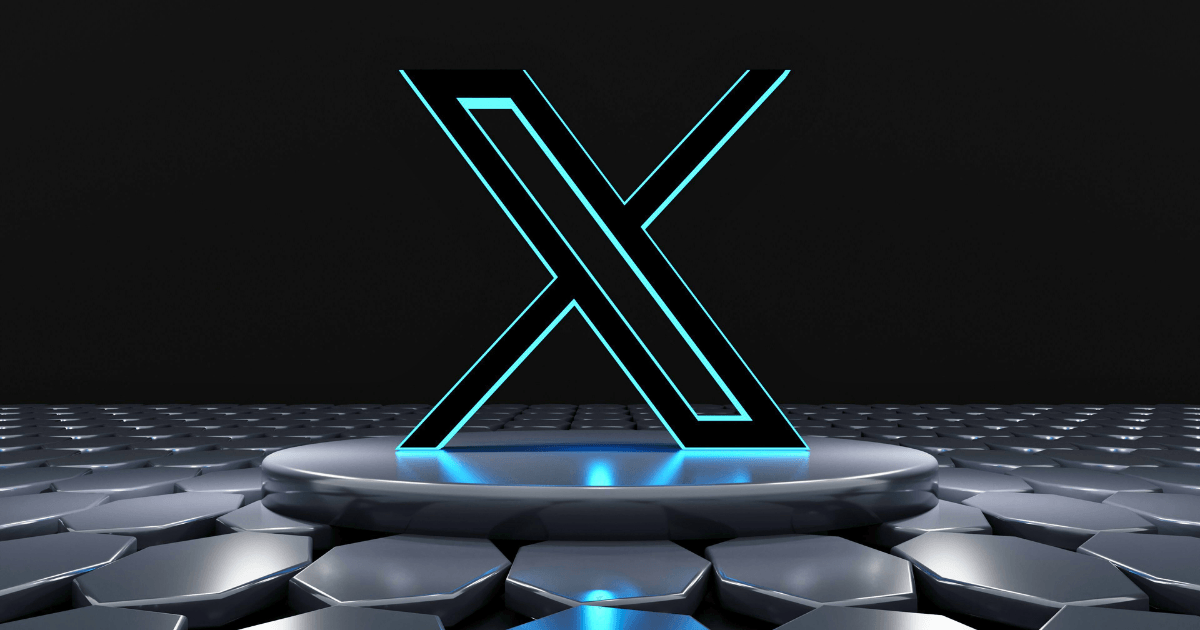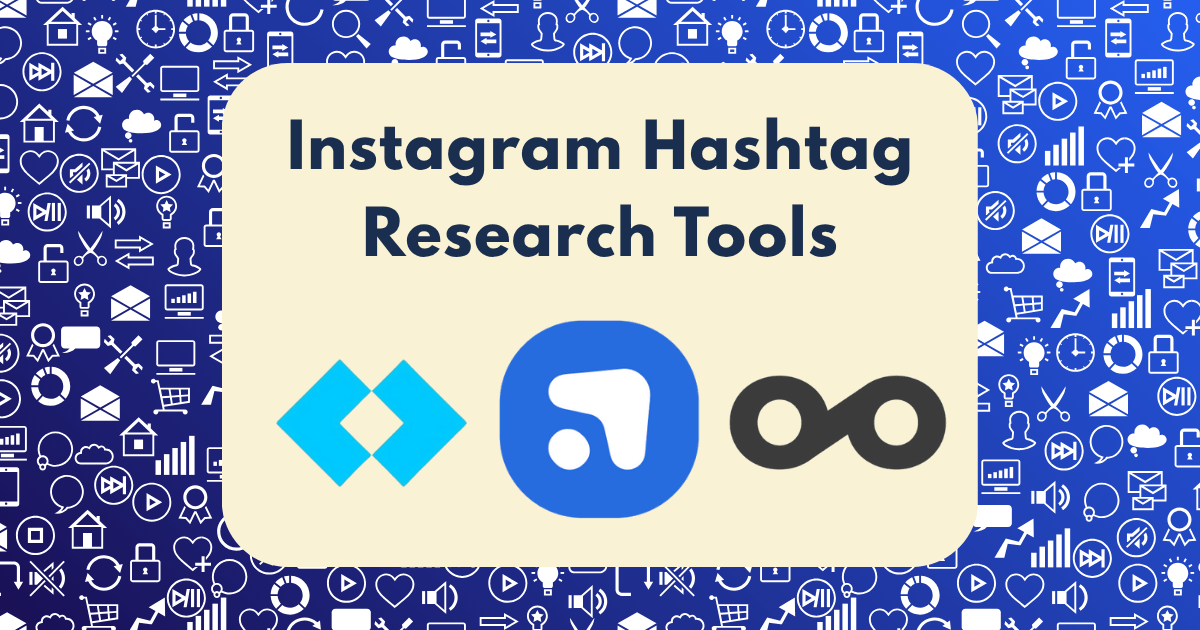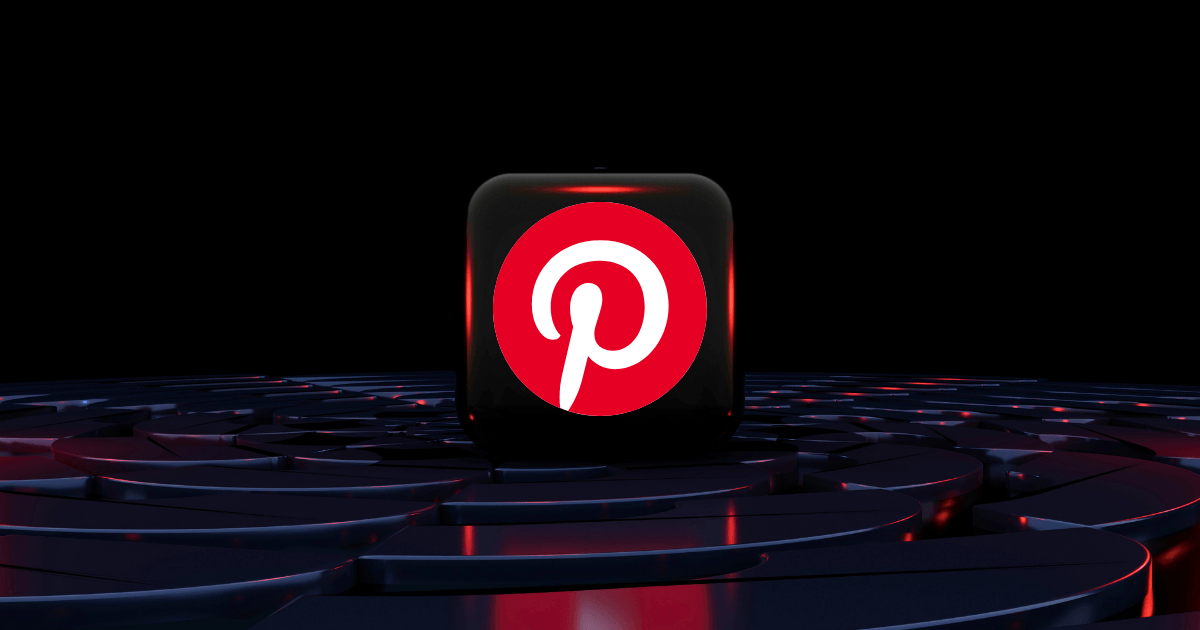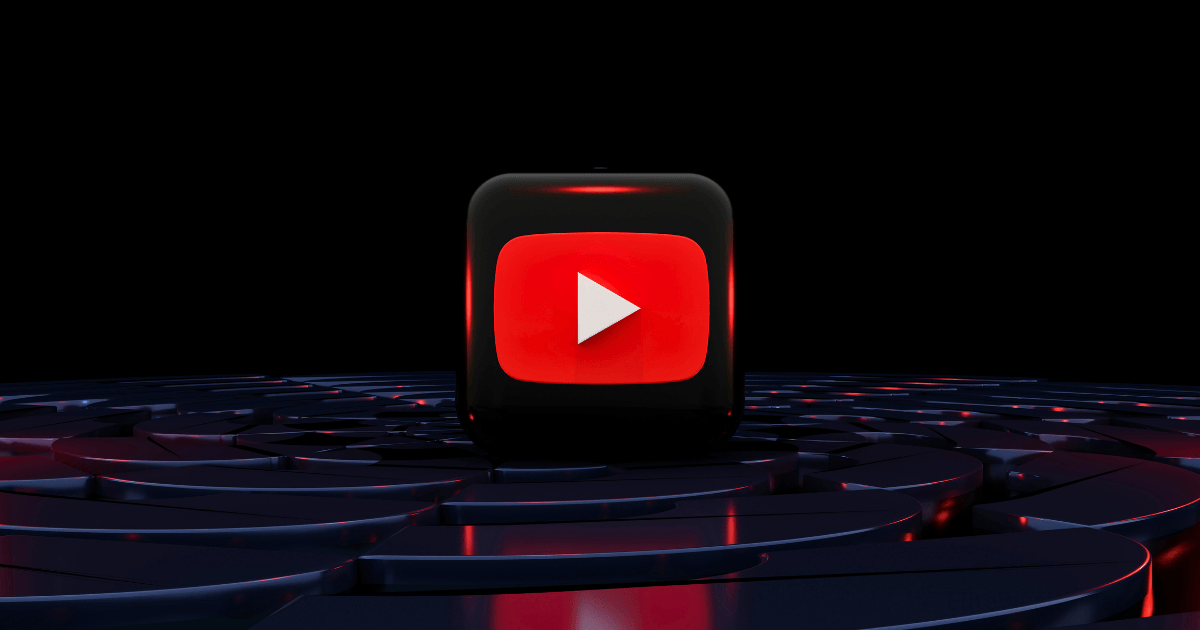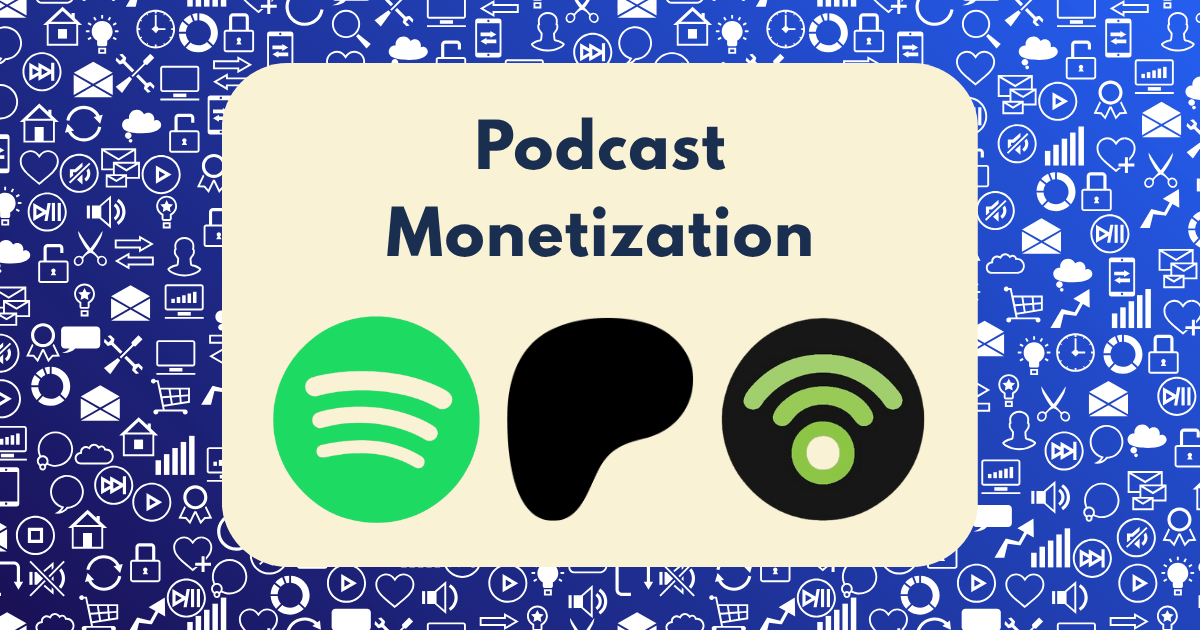Content Atomization: How I Turn One Video Into 15 Pieces of Content Across Platforms

Last year, I was drowning in content creation.
Every week, I’d spend 15+ hours recording videos, writing posts, designing graphics, and scheduling content—all while trying to run my actual business. Despite this exhausting effort, my reach and engagement were mediocre at best.
Then I discovered content atomization.
Instead of creating separate pieces of content for each platform, I developed a systematic approach to transform a single video into 15 distinct content pieces optimized for different platforms.
The result? My content output increased by 5x, my total engagement tripled, and I reclaimed 10 hours of my week—all while delivering more value to my audience.
In this comprehensive guide, I’ll share my exact content atomization framework, including the workflows, tools, and strategies I use to maximize the ROI of every video I create.
The Content Atomization Advantage: Why It Works in 2025
Before diving into tactics, let’s understand why content atomization is particularly powerful in today’s digital landscape:
- Audience fragmentation: Your audience is spread across multiple platforms, each with unique content preferences and consumption habits
- Algorithm optimization: Platform algorithms favor native content formats designed specifically for their environment
- Attention economy: With declining attention spans, varied content formats allow you to connect with your audience in their preferred consumption style
- Resource efficiency: Creating 15 pieces of content separately would require 5-10x more time and resources
According to SunBPO Solutions, content atomization can boost your content ROI by maximizing the value of existing ideas while saving significant time and resources—critical advantages in 2025’s competitive content landscape.
The Fundamental Shift: Recording With Atomization in Mind
The most important lesson I’ve learned is that effective atomization begins before you hit record. Here’s how I set up my video recording process specifically for atomization:
1. Strategic Content Planning
I plan each video using a “Core + Segments” approach:
- Core Message: The overarching value proposition or transformation
- 5-7 Distinct Segments: Self-contained sections that can stand alone as valuable content
For example, if I’m creating a video on “Instagram Growth Strategies for 2025,” my segments might include:
- The algorithm changes affecting reach
- Profile optimization tactics
- Content formats driving the most engagement
- Hashtag strategy evolution
- Engagement techniques that trigger the algorithm
- Analytics to track for growth
- Common mistakes to avoid
2. Visual Segment Transitions
To make editing easier later, I include clear visual and verbal transitions between segments:
- I use a physical gesture (like a hand clap) to create a clear edit point
- I verbally transition with phrases like “Now let’s move to the next strategy…”
- I change camera angles or positions between major segments
3. Modular Recording Approach
I record in a way that makes extraction simple:
- Clean intros for each segment: “Let’s talk about hashtag strategy for Instagram in 2025…”
- Self-contained explanations: Ensuring each segment makes sense without context from other parts
- Clear conclusions: Wrapping up each point with a standalone takeaway
According to MarketScale, designing content with atomization in mind from the start—rather than trying to chop up content after the fact—dramatically improves the quality and usability of the resulting pieces.
My 15-Piece Content Atomization Framework
Now let’s break down exactly how I transform one 20-30 minute video into 15 distinct pieces of content:
Original Asset: Long-Form Video (YouTube)
I start with a comprehensive 20-30 minute video optimized for YouTube:
- Horizontal 16:9 format
- Complete with intro, segments, and conclusion
- Fully edited with b-roll, graphics, and transitions
- Optimized for search with strategic title, description, and tags
This becomes my “content bank” from which all other pieces are derived.
Derivative #1-3: Platform-Optimized Short-Form Videos
From the original video, I extract 3 high-impact segments and optimize them for short-form video platforms:
1. TikTok-Optimized Clip (60 seconds)
- Vertical 9:16 format
- Strong pattern-interrupt opener
- Fast-paced editing with zoom cuts
- Bold text overlay with key points
- Trending sound incorporated when relevant
2. Instagram Reels Clip (90 seconds)
- Vertical 9:16 format
- Lifestyle-oriented intro shot
- Polished aesthetic with brand colors
- Strategic hashtags in description
- CTA to full content in bio link
3. YouTube Shorts Clip (60 seconds)
- Vertical 9:16 format
- Question-based hook
- Educational focus with clear takeaway
- End screen with channel subscription prompt
- Content teaser for full video
According to Argil.ai, each platform has specific format requirements for optimal performance: TikTok videos perform best at 15-60 seconds, Instagram Reels at 15-30 seconds, and YouTube Shorts at 60 seconds.
Derivative #4-6: Audio Content
The audio from my original video becomes the foundation for three audio-focused content pieces:
4. Podcast Episode
- Enhanced audio quality
- Added intro and outro
- Expanded points where necessary
- Show notes with timestamps and resources
- Published on Spotify, Apple Podcasts, etc.
5. Audiogram for LinkedIn
- 60-90 second impactful audio clip
- Waveform visualization
- Key quote as text overlay
- Professional branding
- Strategic hashtags for discoverability
6. Voice Note for Twitter/X
- 30-second insight or provocative thought
- Text introduction for context
- Threaded with follow-up points
- Call to action for engagement
Derivative #7-9: Written Content
The video transcript becomes the foundation for three distinct written pieces:
7. Long-Form Blog Post
- 1,500-2,000 word comprehensive guide
- Enhanced with additional research
- Optimized for SEO with strategic keywords
- Internal links to related content
- Custom graphics and embedded video
8. LinkedIn Article
- 800-1,000 words focused on industry insights
- Professional tone with data points
- Personal anecdotes added for authenticity
- Strategic formatting for readability
- CTA for professional connection
9. Email Newsletter
- Conversational adaptation of key points
- Personalized introduction
- Segmented for easy scanning
- Exclusive tip not included in public content
- Clear, compelling call-to-action
Derivative #10-12: Visual Content
The video provides visual assets for three image-based content pieces:
10. Instagram Carousel
- 10-slide educational sequence
- Consistent branded template
- One key insight per slide
- Data visualization where applicable
- Strong opening and closing slides
11. Pinterest Idea Pin
- 5-7 vertical slides with step-by-step process
- Rich, vibrant imagery
- Text overlay with actionable tips
- Keyword-rich description
- Link to related blog content
12. Quote Graphics (3-5 variations)
- Impactful quotes extracted from video
- Various sizes for different platforms
- Consistent brand styling
- Attribution and branding
- Background variation for testing
Derivative #13-15: Interactive & Community Content
Finally, I transform insights from the video into three engagement-focused pieces:
13. Twitter/X Thread
- 10-15 tweet educational sequence
- Hook tweet with strong claim or question
- Alternating text and visual tweets
- Strategic tagging and hashtags
- Final tweet with clear call-to-action
14. LinkedIn Poll
- Question based on video topic
- 4 strategic answer options
- Context provided in post copy
- Engagement with commenters
- Follow-up post sharing results and insights
15. Facebook Group Discussion Starter
- Controversial or thought-provoking question
- Context from video content
- Personal perspective shared
- Invitation for community input
- Active moderation and engagement
According to Reach Out Experts, this approach can yield up to 10X more content output with the same effort, while ensuring each piece is properly optimized for its specific platform.
My Weekly Content Atomization Workflow
To make this process sustainable, I’ve developed a systematic 5-day workflow that takes approximately 6-7 hours per week:
Day 1: Planning & Recording (2 hours)
- Research topic and create content outline
- Set up recording environment
- Record primary video content
- Back up all files
Day 2: Primary Edit & Extraction (2 hours)
- Edit main YouTube video
- Identify key segments for extraction
- Create clip markers for atomization
- Generate and clean transcript
Day 3: Video Derivatives (1 hour)
- Create platform-specific short-form clips
- Optimize aspect ratios and formats
- Add captions and text overlays
- Prepare audio-only versions
Day 4: Written & Visual Content (1 hour)
- Draft blog post from transcript
- Create social media graphics
- Develop carousel and thread content
- Format email newsletter
Day 5: Publishing & Engagement (1 hour)
- Schedule all content pieces
- Set up cross-promotion between platforms
- Prepare engagement responses
- Track initial performance
This workflow aligns with CloudPano’s recommendation of breaking down video content creation into daily tasks over a five-day period to ensure consistent output without overwhelm.
The Tools That Make It Possible
My content atomization system relies on several key tools that streamline the process:
Video Creation & Editing
- Riverside.fm ($15/month): High-quality recording with separate audio tracks
- Descript ($24/month): Video editing, transcription, and clip extraction
- CapCut (Free): Short-form video optimization and effects
Content Transformation
- Repurpose.io ($25/month): Automated content distribution across platforms
- Headliner ($12.95/month): Audiogram creation for social sharing
- Canva Pro ($12.95/month): Visual content creation and templates
AI Assistance
- Claude 3.7 Opus ($20/month): Extracting key insights and generating variations
- Lately.ai ($49/month): AI-powered social media post generation
- Pictory ($19/month): Transforming long-form content into short video clips
Management & Analytics
- Airtable ($20/month): Content calendar and asset management
- Buffer ($15/month): Cross-platform scheduling
- Google Analytics (Free): Performance tracking and optimization
According to Evan Patterson, these AI tools can save over 15 hours per week in content repurposing, making the entire process significantly more efficient.
Platform-Specific Optimization Strategies
Creating content for multiple platforms isn’t just about changing formats—it’s about understanding the unique environment of each platform:
YouTube Strategy
- Optimization focus: Search intent and watch time
- Content approach: Comprehensive, educational, structured with timestamps
- Metadata strategy: Keyword-rich titles, detailed descriptions, strategic tags
- Engagement tactics: Questions throughout, comment pinning, end screens
TikTok Strategy
- Optimization focus: Pattern interrupts and hook strength
- Content approach: Fast-paced, entertaining, single clear takeaway
- Metadata strategy: Trending sounds, strategic hashtags (3-5 max)
- Engagement tactics: Controversial statements, calls for comments, duet invitations
Instagram Strategy
- Optimization focus: Visual appeal and save-worthy content
- Content approach: Polished, aspirational, actionable advice
- Metadata strategy: Niche hashtags, location tagging when relevant
- Engagement tactics: Question stickers, polls, calls to DM
LinkedIn Strategy
- Optimization focus: Professional insight and thought leadership
- Content approach: Data-backed, experience-driven, industry-relevant
- Metadata strategy: Industry hashtags (3-5), strategic tagging
- Engagement tactics: Thoughtful questions, tagging relevant connections
Twitter/X Strategy
- Optimization focus: Conversation starting and thread engagement
- Content approach: Concise, provocative, easily digestible
- Metadata strategy: Trending topics, strategic hashtags (1-2 max)
- Engagement tactics: Polls, reply invitations, controversial takes
According to Project Aeon, understanding these platform-specific requirements is crucial, as vertical HD video consumption increased by 51% year-over-year, highlighting the need for proper multi-format delivery.
Measuring Success: My Analytics Framework
To ensure my content atomization efforts deliver results, I track these key metrics:
Efficiency Metrics
- Content multiplication ratio: Number of pieces created from each original video
- Production time per piece: Time spent creating each content derivative
- Publishing consistency: Adherence to planned publishing schedule
Engagement Metrics
- Platform-specific engagement: Likes, comments, shares, saves per platform
- Cross-platform performance: Comparing similar content across different platforms
- Audience growth rate: Follower/subscriber increase attributed to content strategy
Business Impact Metrics
- Traffic generation: Website visits from atomized content
- Lead conversion: Email sign-ups and contact form submissions
- Revenue attribution: Sales or clients directly linked to content touchpoints
I use a simple scoring system to evaluate each content piece on a scale of 1-5 for:
- Reach performance: How many people saw the content
- Engagement quality: Depth and relevance of interactions
- Business outcome: Tangible results generated
This data informs which segments, formats, and platforms to prioritize in future content creation.
Advanced Atomization: Beyond the Basics
Once you’ve mastered the fundamental framework, here are advanced strategies to further enhance your content atomization:
1. Content Stacking
Instead of publishing all 15 pieces simultaneously, I use a strategic release sequence:
- Week 1: Release primary video and first wave of derivatives
- Week 2: Release written content and audio derivatives
- Week 3: Release visual content and community engagement pieces
This approach extends the lifespan of the original content and creates multiple opportunities for audience engagement.
2. Thematic Bundling
After creating several atomized content sets, I bundle related pieces into themed collections:
- Topic-specific resource pages on my website
- Themed playlist series on YouTube
- Curated content roundups for email subscribers
This creates additional value from existing content with minimal extra effort.
3. Evergreen Refreshing
For high-performing content, I implement a systematic refreshing schedule:
- 30-day refresh: Update with new examples or data
- 90-day refresh: Republish with new introduction
- Annual refresh: Completely update and reposition as new content
According to Lucid Link, this approach maximizes ROI by transforming a single piece of content into multiple publishable elements over an extended period.
Common Atomization Mistakes to Avoid
Through trial and error, I’ve identified these critical pitfalls:
Mistake #1: Identical Cross-Posting
Simply posting the exact same content across platforms leads to poor performance and audience fatigue.
Solution: Adapt each piece to match the native format, tone, and audience expectations of each platform.
Mistake #2: Quality Dilution
Stretching content too thin can result in low-value derivatives that damage your brand.
Solution: Only create derivatives that maintain or enhance the value of the original content.
Mistake #3: Inconsistent Messaging
Contradictory messaging across platforms confuses your audience and undermines trust.
Solution: Maintain a consistent core message while adapting the presentation for each platform.
Mistake #4: Over-Automation
Relying too heavily on automation tools can result in generic, inauthentic content.
Solution: Use automation for distribution and formatting, but maintain human oversight for quality and authenticity.
Mistake #5: Neglecting Analytics
Creating content without analyzing performance leads to wasted effort on ineffective formats.
Solution: Implement the measurement framework outlined earlier and adjust your strategy based on data.
Building Your Content Atomization System
Ready to implement this approach for your own content? Here’s how to get started:
Phase 1: Foundation (Weeks 1-2)
- Audit your existing content for atomization potential
- Set up your essential tools and templates
- Create your first atomized content set (start with 5-7 pieces)
- Establish baseline metrics for future comparison
Phase 2: Expansion (Weeks 3-4)
- Increase to 10-12 content pieces per original video
- Refine your workflow for greater efficiency
- Experiment with different formats and platforms
- Begin measuring cross-platform performance
Phase 3: Optimization (Weeks 5-8)
- Scale to the full 15-piece framework
- Implement advanced strategies like content stacking
- Develop platform-specific optimization tactics
- Create standard operating procedures for your process
Phase 4: Systemization (Weeks 9-12)
- Document your complete workflow
- Train team members or virtual assistants if applicable
- Create templates for all content types
- Establish a continuous improvement system based on analytics
The Future of Content Atomization
As we move through 2025, several trends are reshaping content atomization:
1. AI-Enhanced Personalization
Advanced AI tools are enabling the creation of personalized content variations at scale, allowing for audience-specific messaging from the same core content.
2. Dynamic Content Assembly
Emerging technologies are facilitating real-time content assembly based on user behavior and preferences, creating unique experiences from modular content components.
3. Cross-Platform Analytics Integration
New tools are providing unified analytics across platforms, enabling more sophisticated understanding of content performance and audience journeys.
4. Multimedia Transformation
AI capabilities are advancing the transformation between content types (text-to-video, audio-to-visual, etc.), further expanding atomization possibilities.
Final Thoughts: The Sustainable Content Advantage
Content atomization isn’t just about doing more with less—it’s about creating a sustainable content system that grows your audience and business without burning you out.
By investing time upfront in planning and creating systems, you free yourself to focus on what matters most: delivering genuine value to your audience and growing your business.
The question isn’t whether you can afford to implement content atomization—it’s whether you can afford not to in today’s competitive digital landscape.
Are you ready to transform your content creation process and reclaim hours of your week while reaching more people than ever before?


